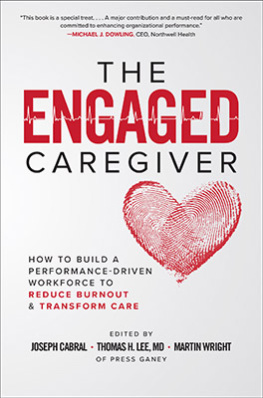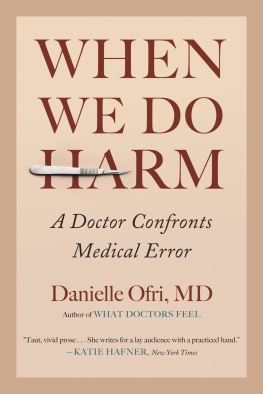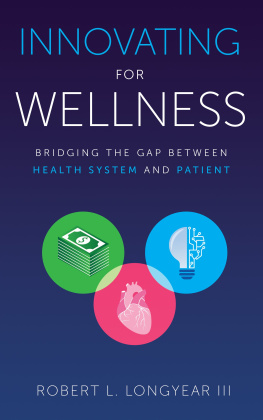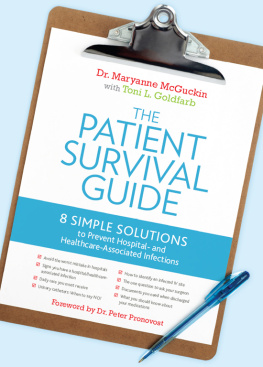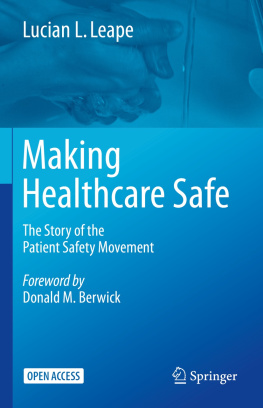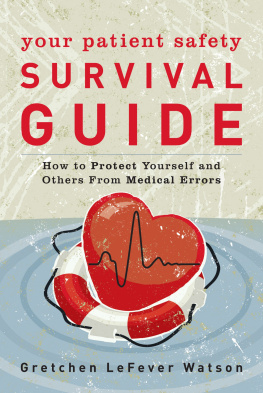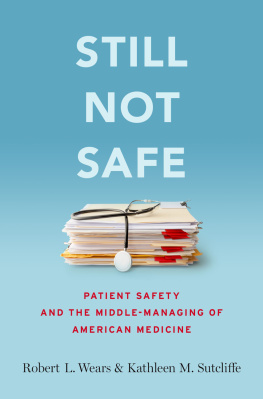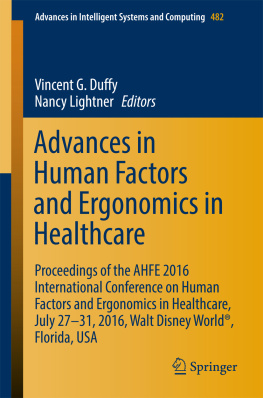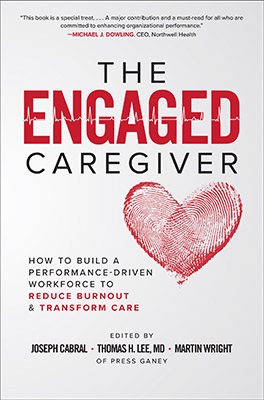Craig Clapper - Zero Harm: How to Achieve Patient and Workforce Safety in Healthcare
Here you can read online Craig Clapper - Zero Harm: How to Achieve Patient and Workforce Safety in Healthcare full text of the book (entire story) in english for free. Download pdf and epub, get meaning, cover and reviews about this ebook. year: 2018, publisher: McGraw Hill LLC, genre: Business. Description of the work, (preface) as well as reviews are available. Best literature library LitArk.com created for fans of good reading and offers a wide selection of genres:
Romance novel
Science fiction
Adventure
Detective
Science
History
Home and family
Prose
Art
Politics
Computer
Non-fiction
Religion
Business
Children
Humor
Choose a favorite category and find really read worthwhile books. Enjoy immersion in the world of imagination, feel the emotions of the characters or learn something new for yourself, make an fascinating discovery.
- Book:Zero Harm: How to Achieve Patient and Workforce Safety in Healthcare
- Author:
- Publisher:McGraw Hill LLC
- Genre:
- Year:2018
- Rating:3 / 5
- Favourites:Add to favourites
- Your mark:
Zero Harm: How to Achieve Patient and Workforce Safety in Healthcare: summary, description and annotation
We offer to read an annotation, description, summary or preface (depends on what the author of the book "Zero Harm: How to Achieve Patient and Workforce Safety in Healthcare" wrote himself). If you haven't found the necessary information about the book — write in the comments, we will try to find it.
From the nations leading experts in healthcare safetythe first comprehensive guide to delivering care that ensures the safety of patients and staff alike.
One of the primary tenets among healthcare professionals is, First, do no harm. Achieving this goal means ensuring the safety of both patient and caregiver. Every year in the United States alone, an estimated 4.8 million hospital patients suffer serious harm that is preventable. To address this industry-wide problemand provide evidence-based solutionsa team of award-winning safety specialists from Press Ganey/Healthcare Performance Improvement have applied their decades of experience and research to the subject of patient and workforce safety. Their mission is to achieve zero harm in the healthcare industry, a lofty goal that some hospitals have already accomplishedwhich you can, too.
Combining the latest advances in safety science, data technology, and high reliability solutions, this step-by-step guide shows you how to implement 6 simple principles in your workplace.
1. Commit to the goal of zero harm.
2. Become more patient-centric.
3. Recognize the interdependency of safety, quality, and patient-centricity.
4. Adopt good data and analytics.
5. Transform culture and leadership.
6. Focus on accountability and execution.
In Zero Harm, the worlds leading safety experts share practical, day-to-day solutions that combine the latest tools and technologies in healthcare today with the best safety practices from high-risk, yet high-reliability industries, such as aviation, nuclear power, and the United States military. Using these field-tested methods, you can develop new leadership initiatives, educate workers on the universal skills that can save lives, organize and train safety action teams, implement reliability management systems, and create long-term, transformational change. Youll read case studies and success stories from your industry colleaguesand discover the most effective ways to utilize patient data, information sharing, and other up-to-the-minute technologies. Its a complete workplace-ready program thats proven to reduce preventable errors and produce measurable resultsby putting the patient, and safety, first.
Craig Clapper: author's other books
Who wrote Zero Harm: How to Achieve Patient and Workforce Safety in Healthcare? Find out the surname, the name of the author of the book and a list of all author's works by series.

